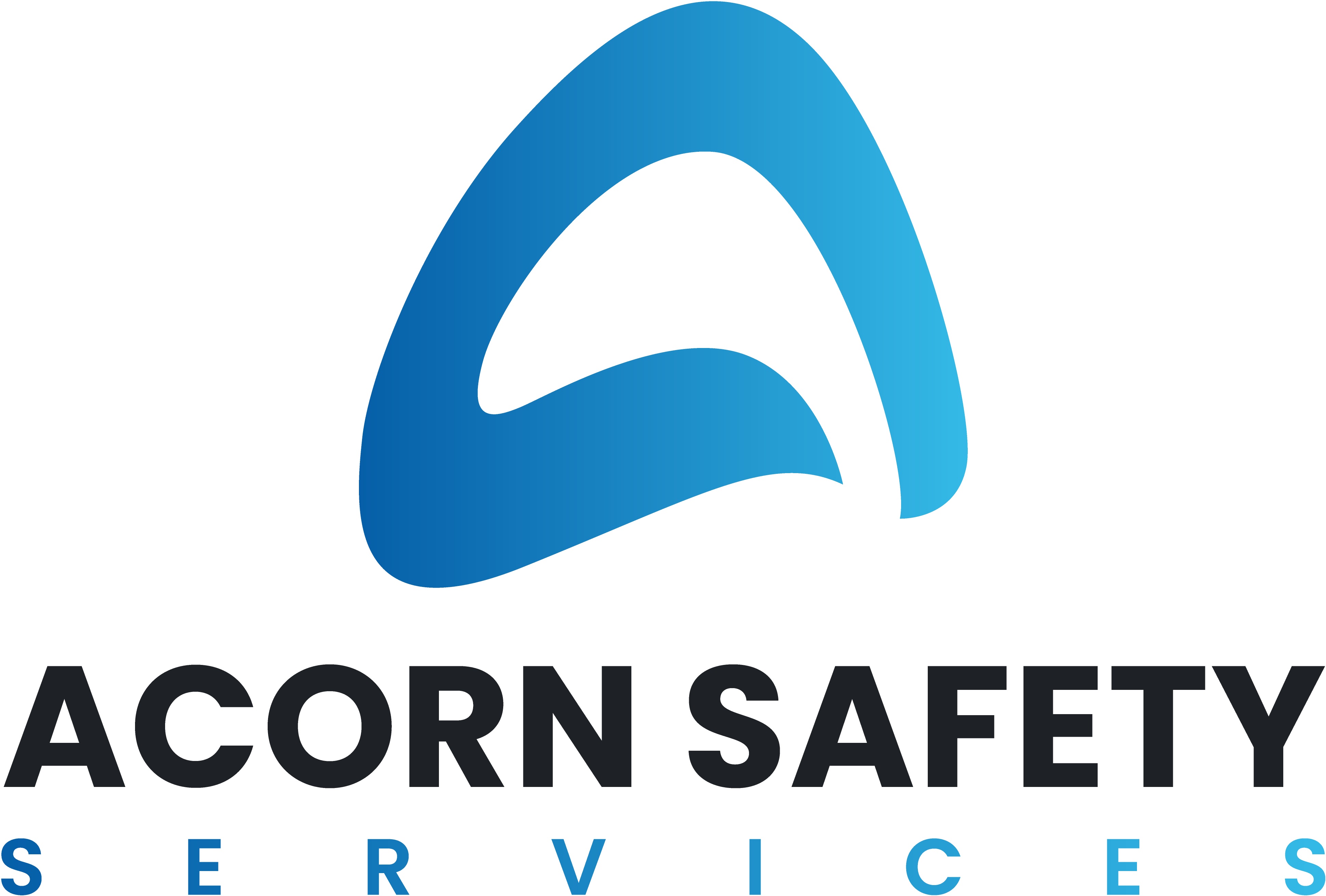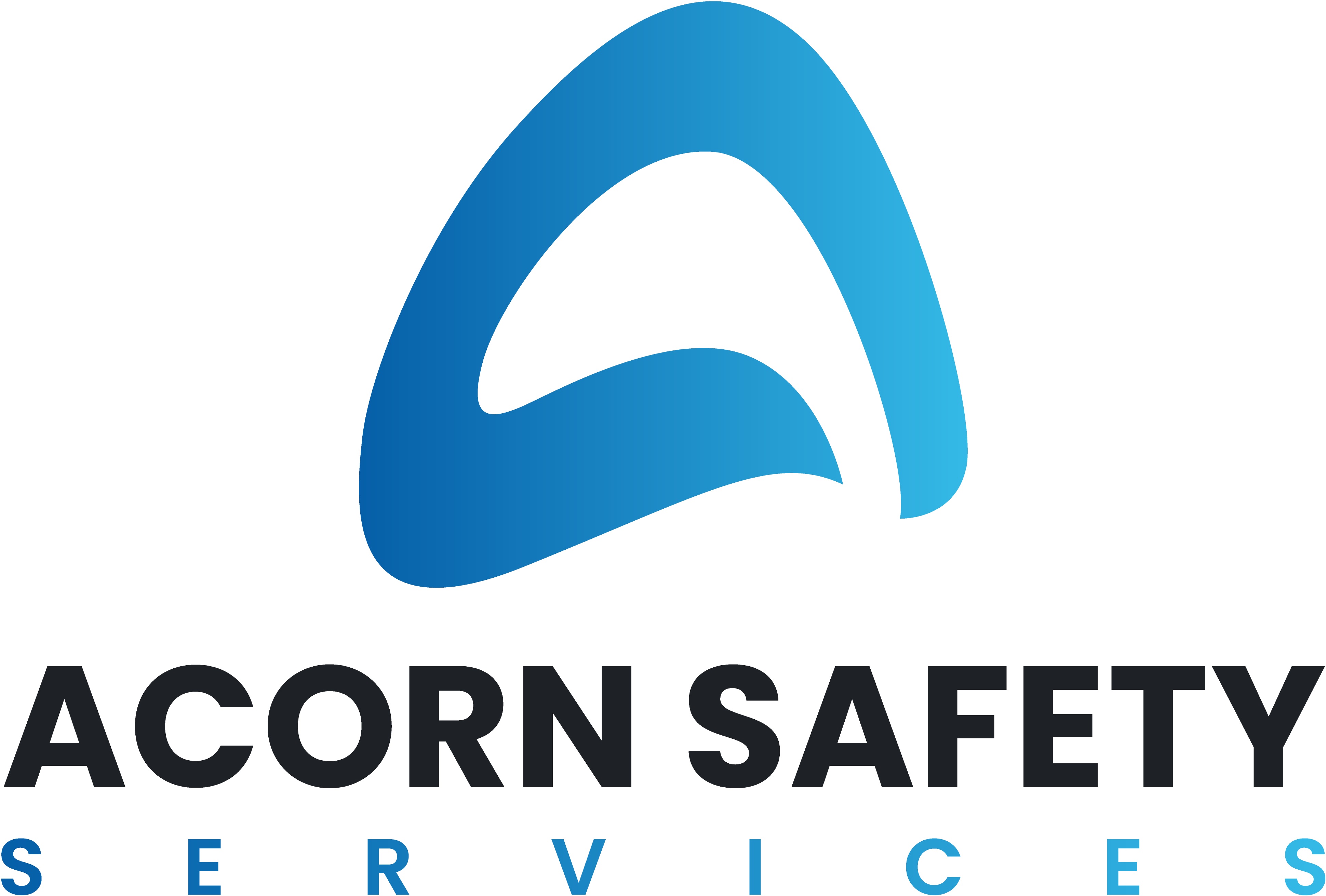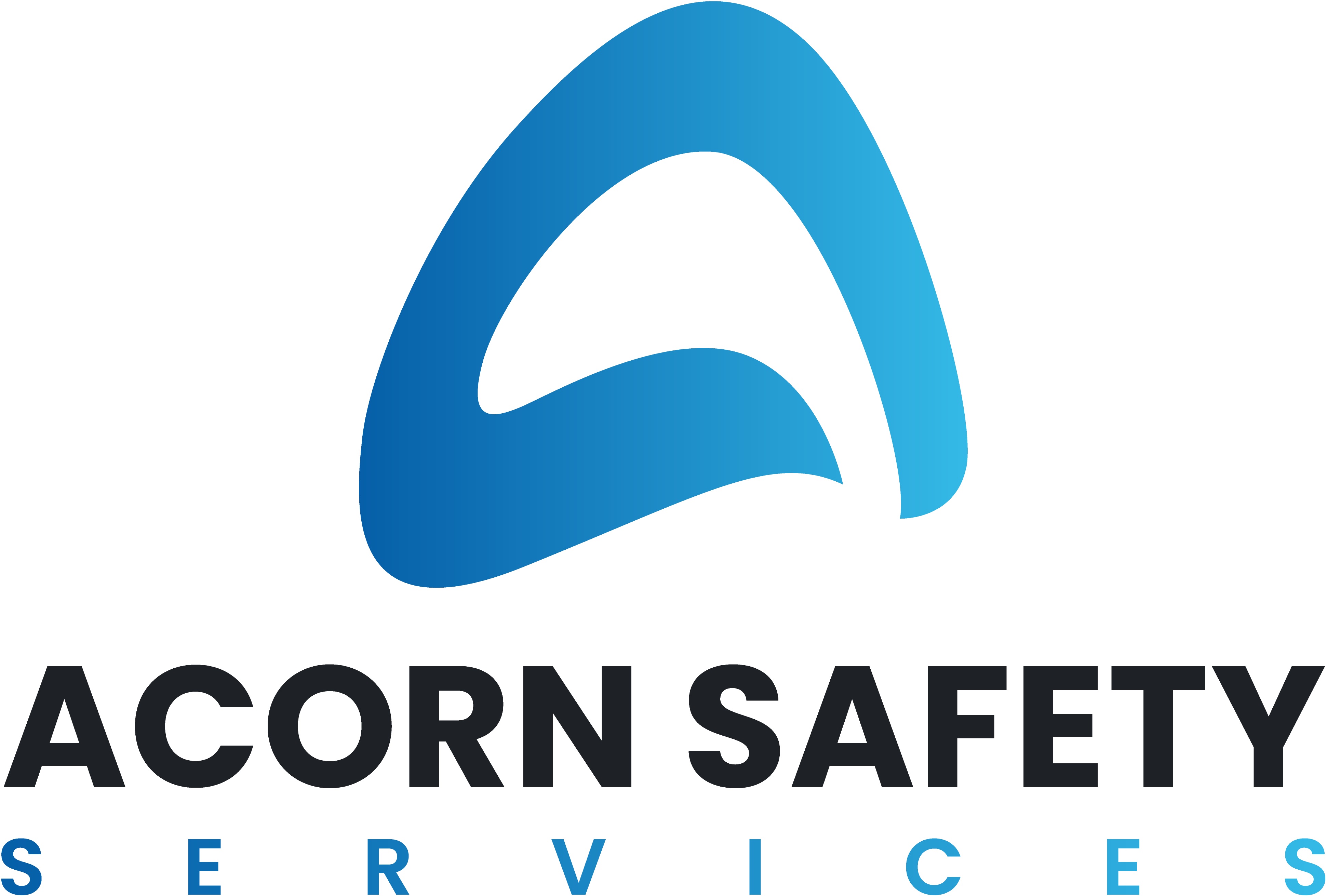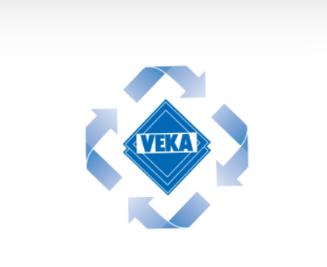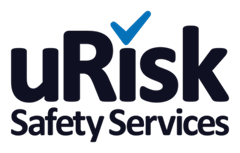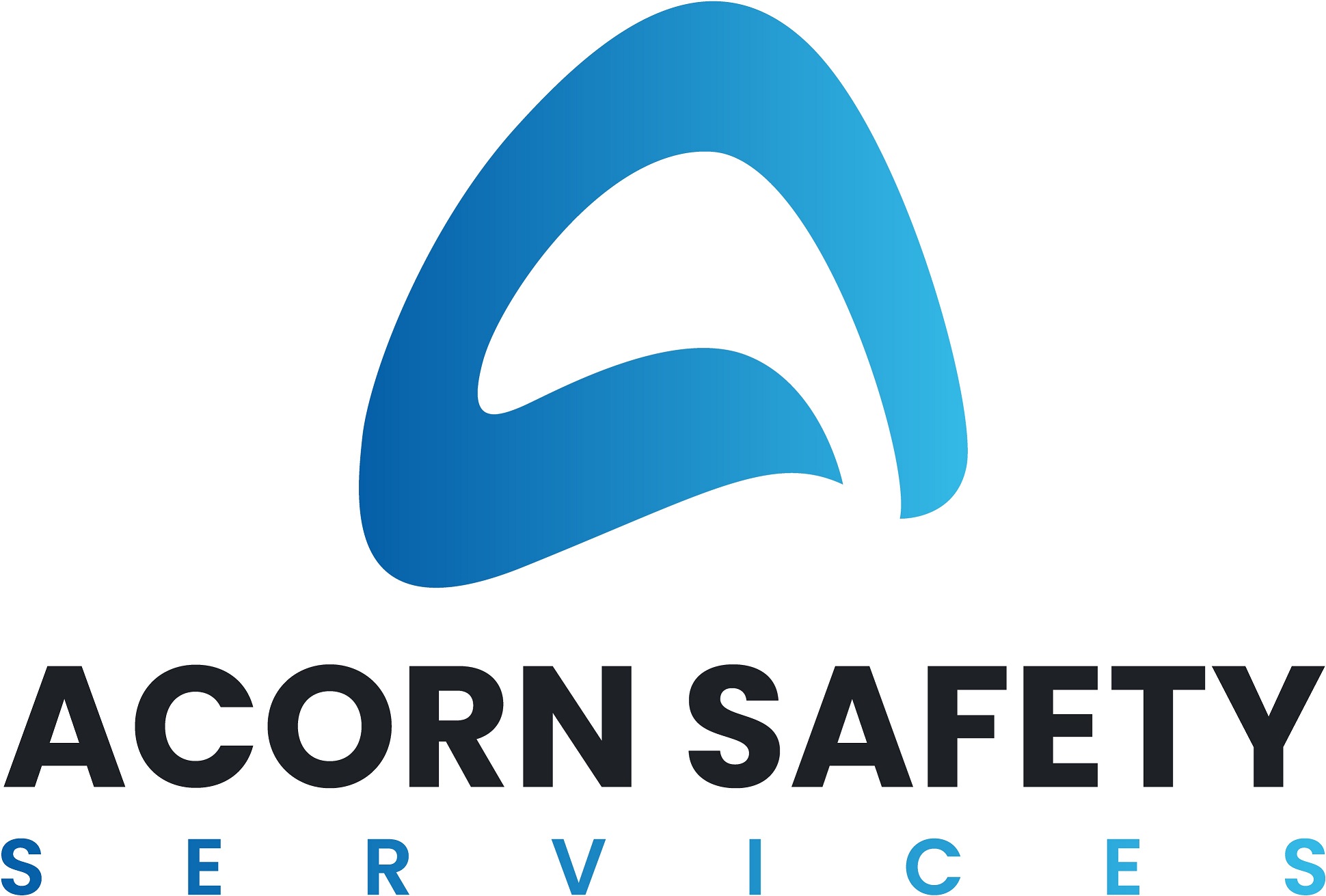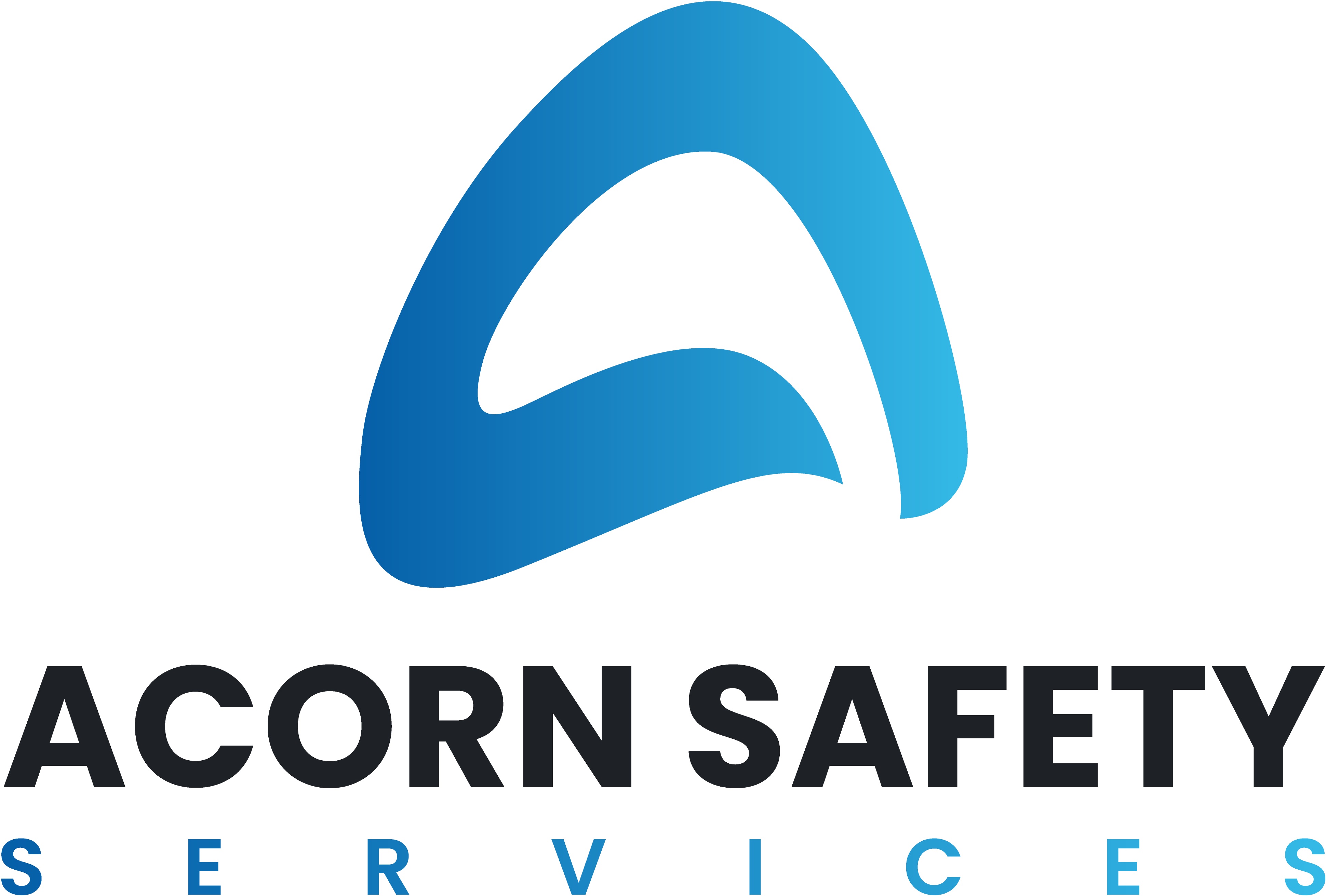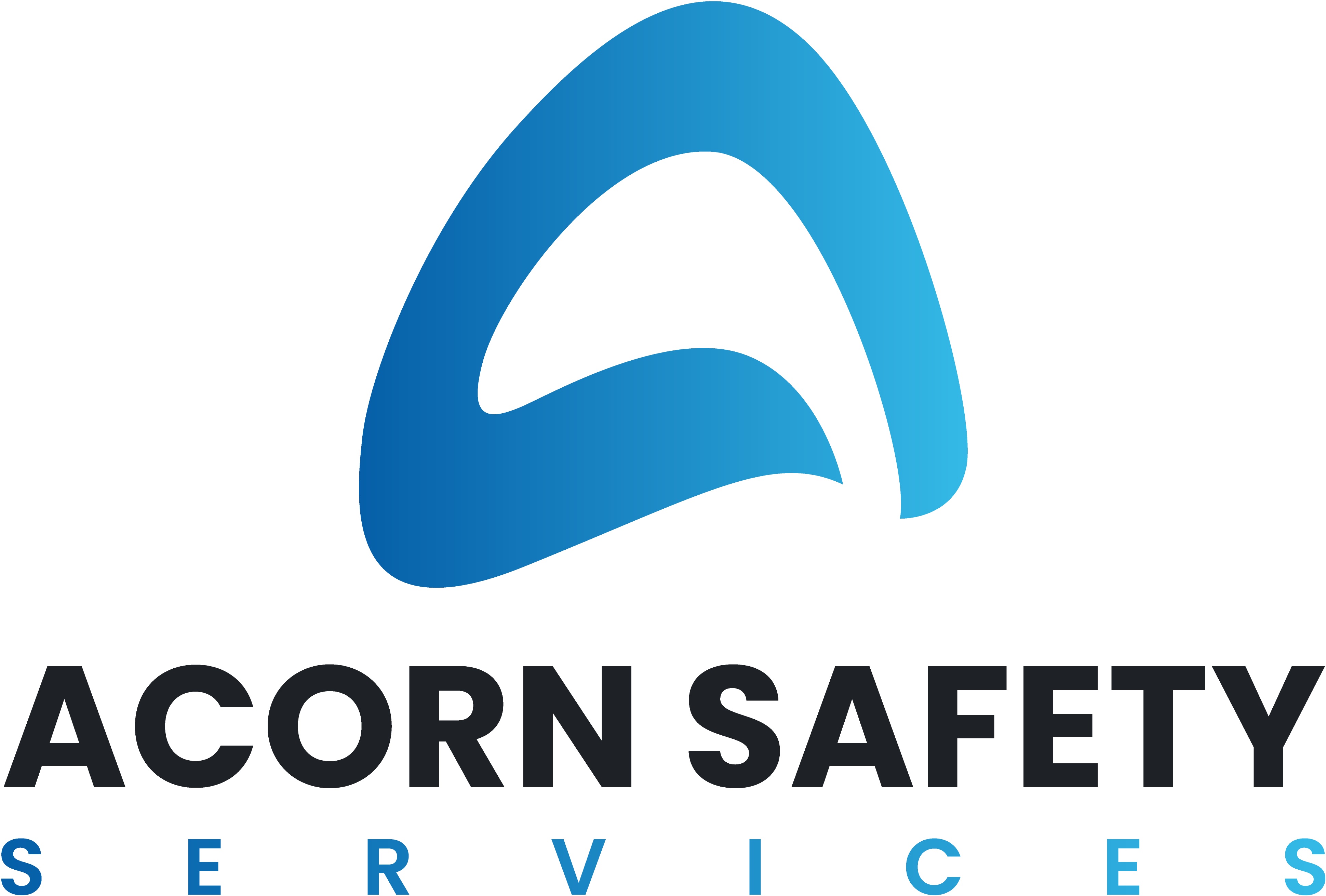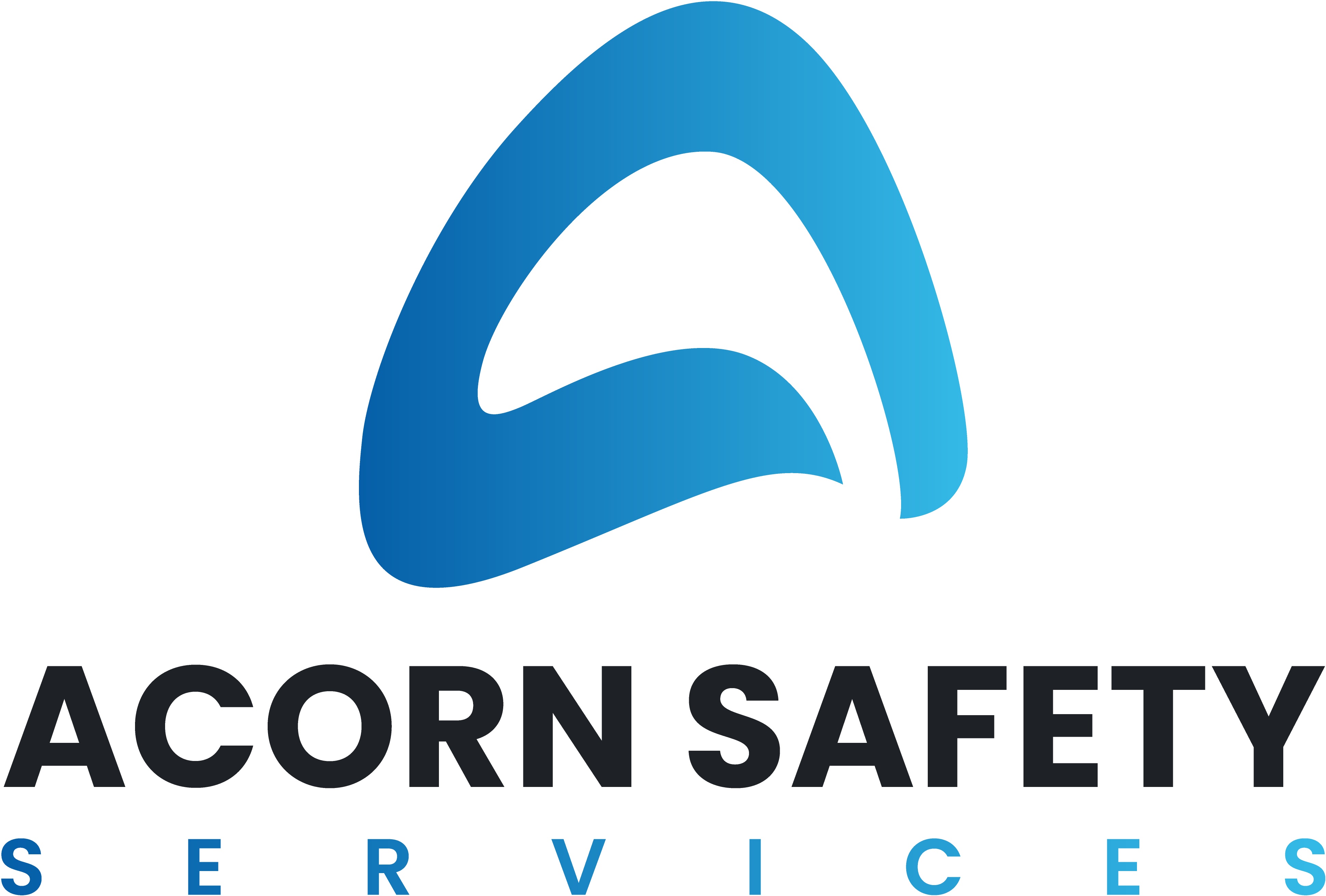Information
-
Audit Title
-
Document No.
-
Client / Site
-
Conducted on
-
Prepared by
-
Location
-
Personnel
Management Controls
-
Check that a signed copy of Form 10 has been sent to the local HSE office and that a copy is displayed on site.
-
Check employers and public liability insurance certificates are valid and on display.
-
Have appropriate signs/notices been erected around the site i.e. mandatory use of PPE, Incomplete Scaffolds, No Smoking, Traffic Management, Fire assembly, Fist Aid Points etc.
-
Ensure a new style Accident Book (which complies with the Data Protection Act) is provided on site and is available to all personnel
-
Ensure adequate supervision is provided for all activities on the site paying particular attention to work activities as undertaken by young persons and/or those which are high risk activities.
-
Ensure that all persons are familiar with the requirements of the site safety rules and that they are complied with on site.
-
Ensure all contractors have been provided with information relating to Health & Safety for the work they are undertaking.
-
Ensure site safety rules are displayed in a prominent position e.g. reception, canteen, site office etc.
-
Ensure all subcontractors have been assessed and are adequately resourced and competent for the work they are undertaking.
-
Ensure operatives CSCS/SKILL cards/registration are appropriate for the work being undertaken
Access and Egress
-
Is there safe access and egress to all working areas of the site?
-
Have pedestrian walkways been provided to protect them from moving vehicles?
-
Are walkways free from obstructions and stored materials?
-
Are access routes adequatelly lit?
Asbestos Management
-
Has an asbestos survey been carried out in accordance with HSG264?
-
Has a detailed risk assessment and method statement been carried out?
-
Have the results of the server been communicated to relevant parties?
-
Have enclosures been tested?
-
Have positive pressure units been tested?
-
Are air testing results in place?
-
Are certificates of re-occupancy in place?
-
Are waste consignment notes in place?
-
Has the HSE been informed before any work has been undertaken (14 day notice)?
-
Is the removal company licenced?
-
Are medical certificates of the persons doing the work in date?
-
Is the work being carried out in a controlled and safe manner?
-
Has the asbestos been disposed off in accordance with the special waste regulations ?
-
Are emergency procedures in place for inadvertent exposure?
-
Is the presence of asbestos included in the site induction?
Cartridge Operated Tools
-
Has the operator/s been properly trained?
-
Is the operator/s wearing eye protection?
-
Are the gun cartridges keep secure when not in use?
Compressed Gasses (e.g. LPG, Acetylene)
-
Are they kept away from flammable liquids?
-
Are the properly stored in a purpose made cage?
-
Are gasses segregated by type?
-
Is the cylinder valves fully closed when not in use?
-
Do all lines have anti-flashback arresters fitted (except for LPG fired blow heaters/torpedo heaters?
-
Do all line connections only have approved fittings and clips, with no Jubilee clips?
Confined Spaces
-
Confined Spaces include manholes, shafts, pits/tanks, pipes/culverts, certain excavations, silo's and other confined/enclosed spaces.
-
All work in confined spaces should be subject to a specific risk assessment and be carried out in accordance with Permit to Work/Enter and a safe system of work.
-
Only appropriately trained and qualified persons who have undergone an accredited confined spaces entry course shall be permitted to enter a confined space, and only then if the correct checks have been made and the correct safety equipment (breathing apparatus, gas detection equipment, emergency escape equipment etc) are used.
-
Is there a risk assessment for the confined spaces work?
-
Ensure all confined space permits have been checked, are valid and being strictly enforced.
-
Controls should include atmospheric monitoring, emergency escape arrangements, adequate supervision (i.e.: a top man outside of the confined space), method of raising the alarm and safe access/egress etc.
-
Check permits are closed and cancelled upon completion of the works.
Consultation
-
Has a system been established for employees to comment and be consulted on health, safety and welfare issues.
-
Are any actions being implemented ?
-
Ensure appropriate Tool Box Talks are given to all employees and that the Tool Box Talks are appropriate and relevant to the work being undertaken.
-
Ensure that an attendance register has been maintained and signed by all persons present at each Tool Box Talk.
Control of Substances Hazardous to Health (COSHH)
-
Have COSSH Assessments been carried out for all potentially hazardous materials and substances being used on the site.
-
Are material safety data sheets available to assist with COSHH assessments.
-
Have the hazards associated with the use of such materials been properly communicated to those affected.
-
Ensure all dangerous/hazardous materials/Substances are clearly marked/identified and stored in a secure location appropriate to the substance.
-
Have the appropriate control systems and PPE been provided and is the PPE being used.
Demolition Operations
-
Has a competent person been appointed to oversee the demolition operations?
-
Has the structural stability been checked and are temporary supports in place where required?
-
Are any temporary works designed required?
-
Where required has the scaffolding been netted, monaflexed or hoarded off?
-
Have all services been disconnected?
-
Is the area barried off and suitably signs in place.?
-
Is there adequate dust suppression where required?
-
Is there sutable noise controls in place?
-
Is there suitable lighting?
-
Is material being removed from site on a regular basis and not allowed to accumulate?
Electrical Equipment
-
Ensure that existing services e.g.: electricity cables, gas mains etc have been identified and effective steps have been taken to prevent danger from them.
-
Check that low voltage tools and equipment are being used wherever possible.
-
Check that cables and leads are protected from damage.
-
Check all connections are properly made and suitable plugs are used.
-
Check that tools and equipment are visually checked and regularly inspected/tested by a competent person. (PAT)
-
Ensure that cables and trailing leads are not trip hazards.
-
Ensure that suitable and sufficient task lighting is provided to enable operatives to safely carry out their work.
Environmental Management
-
Site wide issues
-
Is there any evidence of nesting birds, if so are protection measures adiquate?
-
Are trees that have a tree protection order (TPO) protected?
-
Environmental Emergency
-
Is an Emergency Plan in place?
-
Evidence of ongoing review?
-
Is it communicated via induction?
-
Is it tried and tested?
-
General Environmental Management
-
Are environmental guidance notes available on site?
-
Have all potential pathways been identified and addressed?
-
Are any concrete washout facilities suitable?
-
Is a local drainage plan available on site?
-
Are any noise/dust issues present and are they being suitably controlled?
-
Are weekly environmental checks taking place?
-
Local Community
-
Is there a complaints procedure in place?
-
Is plant and equipment fitted with suitable and effective silencers?
-
Any evidence of liaison with local schools?
-
Environmental Registers
-
Is the environmental register up to date and relevant?
-
Spill Response
-
Are spill kits available?
-
Located in the correct areas?
-
Staff and operatives aware of their location?
-
Have emergency drills taken place?
-
Is their location communicated via induction?
-
Are the contents regulary checked?
Excavations/Earthworks
-
Ensure that checks are made to determine the presence of any buried services before and during all excavation works.
-
All excavations should be carried out in accordance with a detailed method statement s and permit to dig. Is there a permit to dig?
-
Check that there is adequate support and propping for the excavation, or whether it has been sloped or battered back to a safe angle.
-
Check that there is a safe method used for placing supports, without the need for operatives to work in an unsupported trench.
-
Check that there is safe access into the excavation (i.e.: a sufficiently long and secured ladder).
-
Check that barriers or other protection to stop people/vehicles falling in are in place.
-
Ensure that materials, spoil and plant is stored away from the edge of the excavation to reduce the chance of collapse.
-
Ensure that the excavation is regularly inspected by a competent person and that a record of such inspections is maintained.
FASET Safety Netting
-
Are all nets within a 5-10% sag across the span?
-
Are the nets as close as possible?
-
Are primary supports suitable?
-
Is their a hand over certificate in place?
-
Are tie rope knots/attachments secure?
-
Is attachment spacing less than 2.5m or as per manufactures instructions?
-
Do and overlapped nets have an minimum overlap of 2m or they pinned or laced?
-
Is a suitable clearance distance available?
-
Is there a rescue / recovery plan in place?
Fire Risks and Management
-
Is there a fire risk assessment in place?
-
Ensure there are emergency procedures for evacuating the site in case of a fire, flood, explosion etc.
-
Ensure all staff know what these procedures are and that they form part of the site induction.
-
Check that there is an adequate means of raising the alarm, and that it is regularly tested.
-
Ensure that there are adequate escape routes and that these are kept clear of obstructions.
-
Ensure that the quantity of flammable materials, liquids and gases are kept to a minimum and are adequately stored.
-
Ensure that smoking and other ignition sources are banned in areas where gases or flammable liquids are stored or used.
-
Check that flammable and combustible waste is removed regularly and stored in suitable bins and skips.
-
Check that suitable fire extinguishers are provided and that they are maintained and in a good condition.
-
Check that all fire extinguishers have had an annual inspection.
-
Do all temporary coverings comply with LPS1207?
First Aid
-
An appropriate number of trained and qualified first aiders should be available on the site.
-
Are Additional suitably qualified persons available to ensure adequate first aid provision is provided.
-
Are the names of all first aiders detailed on the site notice board?
-
All first aiders should be clearly identified on site through the use of an appropriate helmet sticker.
-
Ensure the first aid kit contains only first aid materials.
-
The location of the first aid box should be indicated on the site notice board and the door of the room in which it is contained. Are they clearly indicated?
-
The First Aid box should be;
-
Marked with a white cross on a green background.
-
Be placed where it can be seen and used.
-
Be checked and replenished on a regular basis.
-
Are new staff made aware of its location as part of their induction?
Housekeeping
-
Ensure all debris and waste is removed from the work area upon completion of the work or at the end of each shift.
-
Ensure Debris is not be allowed to collect around the site.
-
Ensure materials are stored in an appropriate manner so as not to cause damage to or a weakening of the material.
-
Are All pipes and tubes etc securely wedged or choked to prevent accidental movement?
-
Ensure all waste receptacles are are appropriately signed for their intended contents.
Health & Safety Management Plan
-
Ensure the project management plan is up to date and signed by all relevant parties.
-
Is an emergency plan defined and in place complete with emergency contact numbers?
-
Is the plan meaningful and communicated to all parties, including sub contractors?
-
Are responsibilities defined?
Induction
-
Ensure all staff receive a site specific safety induction before starting work.
-
Ensure all staff who have been inducted display an induction sticker on their safety helmet or wear a photo identification badge.
-
Are site safety inductions being adequately carried out both for staff and visitors?
Lifting Operations/Equipment
-
Ensure a (competent) Appointed Person co-ordinates all lifting operations.
-
Have all lifting operation got a valid lifting plan?
-
Ensure that all lifting equipment has been tested and installed by a competent person and is regularly maintained and inspected.
-
Check that the operators are trained and competent.
-
Check that the rated capacity/safe working load is clearly marked.
-
Ensure that the lifting equipment is capable of lifting the heaviest component within the anticipated working radius - allow for sufficient spare capacity.
-
Ensure that cranes and other lifting equipment has sufficient space to operate safely.
-
All lifting equipment should have a thorough examination every 6 months.
-
Ensure lifting operations do not take place near overhead power lines and excavations.
Low Level Access Including Steps and Podiums
-
Are podiums used before steps are allowed?
-
Are operators trained in the use of podiums?
-
Are podiums maintained and inspected regularly?
-
Are podiums free from defects?
-
Are steps class 1 as defined in EN131?
-
Is there a risk assessment in place for the use of steps?
-
Is a permit system in place?
Manual Handling
-
Ensure that a manual handling risk assessment has been completed wherever regular lifting of heavy loads is required.
-
Check the suitability of using wheelbarrows, hoists, telehandlers and other plant or machinery so that manual handling of heavy objects is kept to a minimum.
-
Avoid the repetitive laying of heavy building blocks weighing more than 20KG.
-
Ensure all staff have received manual training.
Mobile Scaffold Towers
-
Check that proprietary tower scaffolds have been erected and are being used in accordance with the suppliers instructions.
-
Check that the wheels of any tower scaffold have been locked when in use and check that the platform is empty when being moved.
-
Are they tagged safe for use?
Occupational Health, HAV'S, Noise and Associated Health Risks
-
Check that workers have had information and training so that they know what the risks are from HAV.
-
Check that exposure to HAV has been reduced as much as possible by selecting suitable work methods and Plant.
-
Ensure reduced-vibration tools are used wherever possible.
-
Check vibration tools are properly maintained.
-
Check whether health surveillance for people exposed to high levels of hand-arm vibration over long periods is in place.
-
Limit the exposure of persons to HAV by ensuring that no person uses vibrating tools for longer than the manufactures guided times.
-
Noise - As a general rule, if you: - have to shout to be heard at a distance of 2m, the noise level is approx 85dB and you should consider wearing hearing protection.
-
- have to shout to be heard at a distance of 1m, the noise level is approx 90dB and you should definitely wear hearing protection.
-
Ensure that workers have had training so they are aware of the risks from noise on site and what they need to do to avoid these risks.
-
Check whether the noise can be reduced by using different working methods or selecting quieter plant e.g.: by fitting breakers and other plant or machinery with silencers.
-
Preventative maintenance can also help to reduce the noise caused by wear and tear on plant and machinery.
-
Ensure that people not involved in the work are kept away from the source of the noise.
Permits to Work
-
Hot Works - Hot Works include welding, oxy-acetylene cutting, use of angle grinders/skill saws etc.
-
Ensure all Hot Works Permits have been checked and reviewed and are valid for the work conditions.
-
Ensure suitable and sufficient fire prevention measures are in place, including the removal of all combustible materials, the use of fire blankets and fire extinguishers.
-
Ensure old permits have been cancelled and closed.
-
Dig - digging includes, excavations, knocking in pins, breaking ground etc.
-
Ensure permits to dig have been prepared and issued where the excavations are complex, hazardous or impact on the work or operations of another.
-
All permits to dig should be checked and reviewed prior to issue to ensure the appropriate controls have been included.
-
Ensure all contractors are working in accordance with permits to dig.
-
Ensure the permit is valid.
-
Check old permits have been cancelled and closed.
Personal Protective Equipment (PPE)
-
PPE General Requirements - Ensure PPE compatibility issues have been considered and that one piece of PPE not restrict the effectiveness of another piece of PPE.
-
Ensure that PPE is issued on an individual basis.
-
Ensure that it is suitable for the type of work being undertaken.
-
Check that the PPE is marked with the genuine 'CE' mark to help identify type of protection.
-
Ensure all staff and visitors are wearing Hi-Viz vests or jackets.
-
Eye Protection
-
Ensure that it is of a suitable grade for the type of work being undertaken. I.e. light protection or full goggle etc.
-
Foot Protection
-
Ensure that footwear is fitted with steel toecaps and steel sole plates.
-
Hand Protection - Ensure that where damaged to the hands may occur through activities such as handling, or when using hazardous substances/chemicals that all persons affected wear the appropriate class of safety glove.
-
Are all gloves free from damage?
-
Check that hands are washed frequently after spells of work.
-
Ensure gloves are the correct size.
-
Ensure gloves are correct for their application and the activity being undertaken.
-
Check the availability of barrier creams and skin cleansers.
-
Hearing Protection
-
Ensure the correct type of protection is in use for the task.
-
Ensure that hearing protection is used as instructed.
-
Ensure Areas which are mandatory hearing protection zones are signed as such using the appropriate signs.
-
Respiratory Protection (RPE) - Avoid the use of nuisance dust masks.
-
Ensure that the correct type of respiratory equipment is used for the works being undertaken.
-
Ensure that persons are trained for the use of the RPE and where applicable have a face fit test to ensure the effectiveness of the RPE.
-
Ensure that all equipment is cleaned and checked after use.
-
Safety Helmets
-
Ensure all staff and visitors are wearing safety helmets.
-
Were all helmets found free from damage?
-
Ensure helmets are worn correctly.
-
Were helmets within their expiry date - helmets should be changed every 2-3 years.
Plant & Equipment
-
Ensure that tools and equipments are stored correctly to avoid damage to the equipment and persons.
-
Dry, covered and secure storage areas should be provided for all tools and equipment.
-
Hand tools
-
Ensure that the right tools and equipment are being used for the right job.
-
Power Tools
-
Ensure operatives have been trained to use the tools/equipment they are using.
-
Check that all dangerous parts are guarded e.g. gears, chain, drives, projecting engine shafts etc.
-
Check that guards are secure and in good repair.
-
Ensure that the tools are in a good state of repair and carries appropriate safety symbol e.g. BS kite mark, CE Mark etc.
-
Check that tools are 110 volt and that a residual current device (RCD) is used for additional protection.
-
Check the supply cable for cuts, splits or other damage. All all cables free from damage?
-
Ensure that all operators are trained and competent.
-
Plant
-
Ensure all Plant and Machinery is inspected on a weekly basis by a competent person and recorded in a Plant Inspection Register.
-
Do all plant fitted with a semi-automatic hitch have safety pins fitted?
-
Are all plant operators trained and hold a valid plant operators card for the categories being operated?
-
Is Plant Used Correctly.
Registers and Records
-
Check the site Inspection Registers for items such as scaffolding, excavations, coffer dams, plant and other equipment have been completed in a timely fashion.
Risk Assessments and Method Statements
-
Ensure all Method Statements have been prepared by a competent person and have been checked, reviewed and signed.
-
Are method statements adequate and suitable for the task?
-
Ensure all contractors are working in accordance with the method statement.
-
Risk Assessments and Method Statements compliant?
Scaffolding/Working platforms
-
Check that any scaffold erection, alteration or dismantling is carried out by a competent person.
-
Check that all standards are provided with base plates and timber sole boards which span at least two base plates.
-
Ensure that the scaffold is adequately tied to the building or structure to prevent collapse.
-
Check that double guard rails and toe boards or other suitable protection at every edge.
-
Check that there are additional brick guards provided to prevent materials falling from scaffold where they are used as a working platform.
-
Check that working platforms are fully boarded and that the boards are arranged to avoid tipping or tripping - i.e.: no overlapping boards.
-
Do all ladder accesses have self closing gates fitted?
-
Ensure that there are effective warning notices in place to stop any person using an incomplete scaffold.
-
Check that the scaffold is strong enough to carry the weight of materials stored on it and that they are evenly distributed.
-
Ensure that the scaffold has been properly maintained.
-
Ensure that a competent person inspects the scaffold regularly, at least once a week; and always after it has been altered, damaged and following extreme weather.
-
Are scaffold tags being utilised?
-
Ensure that these inspections are adequately recorded.
-
Are all scaffolds and working platforms sutable?
Site Set up
-
Are the following items displayed?
-
Latest H&S Policy?
-
Insurance Policy?
-
Fire Plan?
-
Emergency plan and contacts?
-
Signs for doors and cabins?
-
First aid location signs?
-
Assembly point signs?
-
Accident reporting process?
-
Site registration under the Hazardous Waste Regulations?
-
No Smoking signs?
-
Health & Safety Law poster ( what you should know)?
-
Is the site set up in accordance with CDM and Company requirements?
Traffic Management
-
Has a traffic management plan been prepared?
-
Are traffic management arrangement suitable and sufficient ?
-
Are pedestrians segregated from moving vehicles and plant?
-
Does the site layout match the plan?
-
Are storage areas identified?
-
Are loading areas identified?
-
Have one way or turning points been identified?
-
Are procedures in place for the unloading of vehicles to prevent fall from vehicles?
-
Are seat belts being used?
Training and Skill Cards
-
Are all persons trained for their respective tasks?
-
Are Skill Cards available for inspection?
Waste Management
-
Is a waste management plan in place and sutable?
-
Ensure the plan is signed by all including the client/client representative?
-
Is the plan being maintained?
-
Is it being reviewed on a regular basis?
-
Is the hierarchy of waste control being applied on site - are operatives aware of the disposal process?
-
Are bins clearly labelled?
-
Are all waste carries and transfer stations records available?
-
Are waste transfare notes available and correctly filled in?
-
Is the process communicated via induction?
Welfare Facilities
-
Ensure a facility is provided to change, dry and store clothing.
-
Mess facilities should include a place where workers can sit, make hot drinks and prepare food.
-
Mess facilities shall be of sufficient size for the number of employees on site and are provided with heating.
-
Ensure access to the welfare facilities are accessible to all persons on the site.
-
Ensure a supply of wholesome drinking water and cups are provided.
-
Ensure that all drinking water supplies are appropriately signed.
-
Ensure sufficient toilets are readily available, maintained, kept clean & are properly lit.
-
Note - A connection with mains drainage is always preferable to that of a chemical toilet.
-
Are toilets connected to the main sewer?
-
Ensure there are washbasins, hot and cold running water, soap and towels.<br>
-
Ensure that the washbasins are large enough to wash up to the elbow and are kept clean.<br>
-
Are welfare facilities cleaned on a daily basis?
Working at Height
-
Ensure safe access and egress have been provided to areas.
-
Roof Work
-
Ensure that edge protection is provided to stop people or materials falling.
-
Ensure that precautions have been taken to stop people falling through fragile materials when working on roofs, e.g.: by providing barriers, covers or working platforms.
-
Ensure roof ladders are used in accordance with best practice requirements.
-
Ensure that people are kept away from areas below the roof work.
-
Ensure that ladders are in good condition, are not split, warped or have damaged rungs etc.
-
Check whether ladders are suitable for the purpose - only for short term work or for gaining access to another area.
-
Check that ladders rest against a solid level surface and that this is not a fragile or insecure material.
-
Check that ladders are secured to prevent them slipping sideways or backwards.
-
Check that ladders rise a sufficient height above their landing place (approx. 1m or 5 rungs).
-
Safe landing platforms to be provided where a ladder rises to a height of 9m or more.
-
Are work at height operation in accordance with the W@H Regulations?
Other
Summary
Corrective Actions
Sign off
-
I confirm I have had the contents of this audit report explained to me.
-
Project Manager
-
Person conducting this Audit.
-
Audit concluded at:






